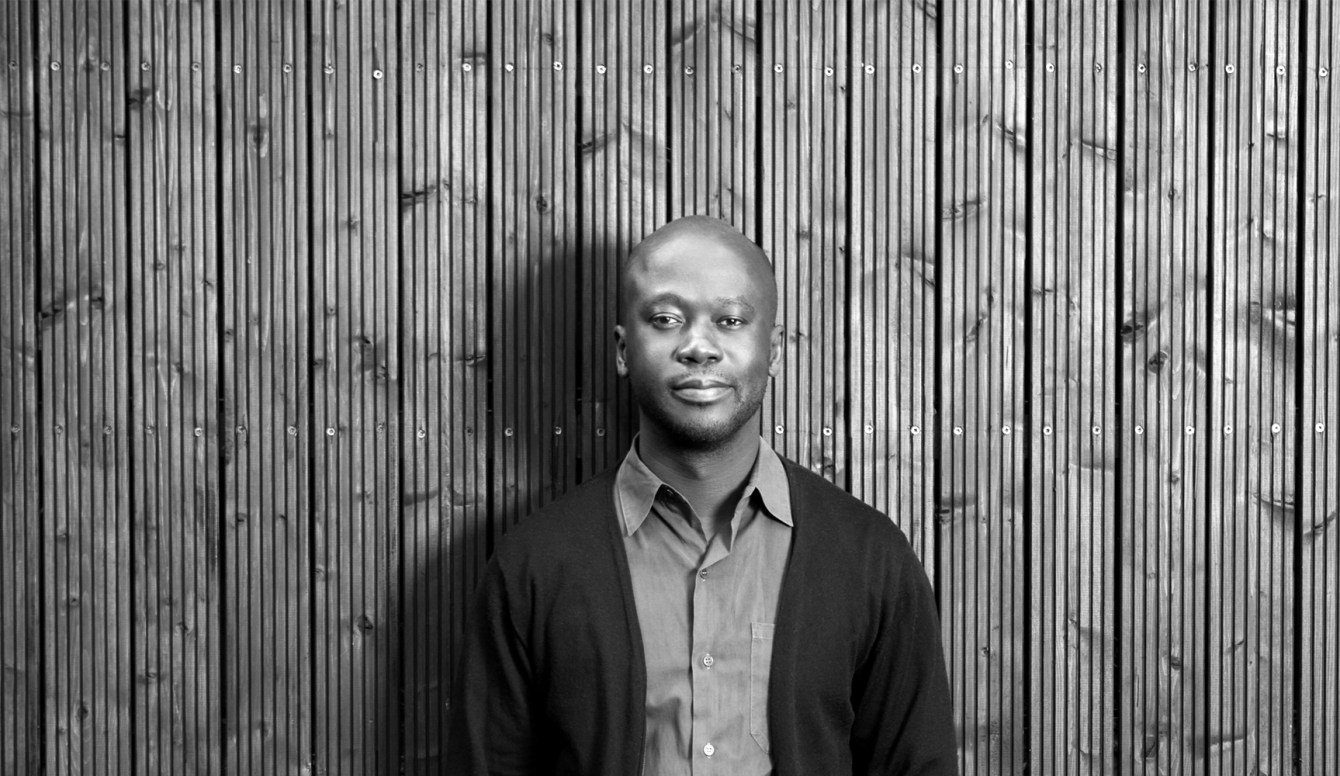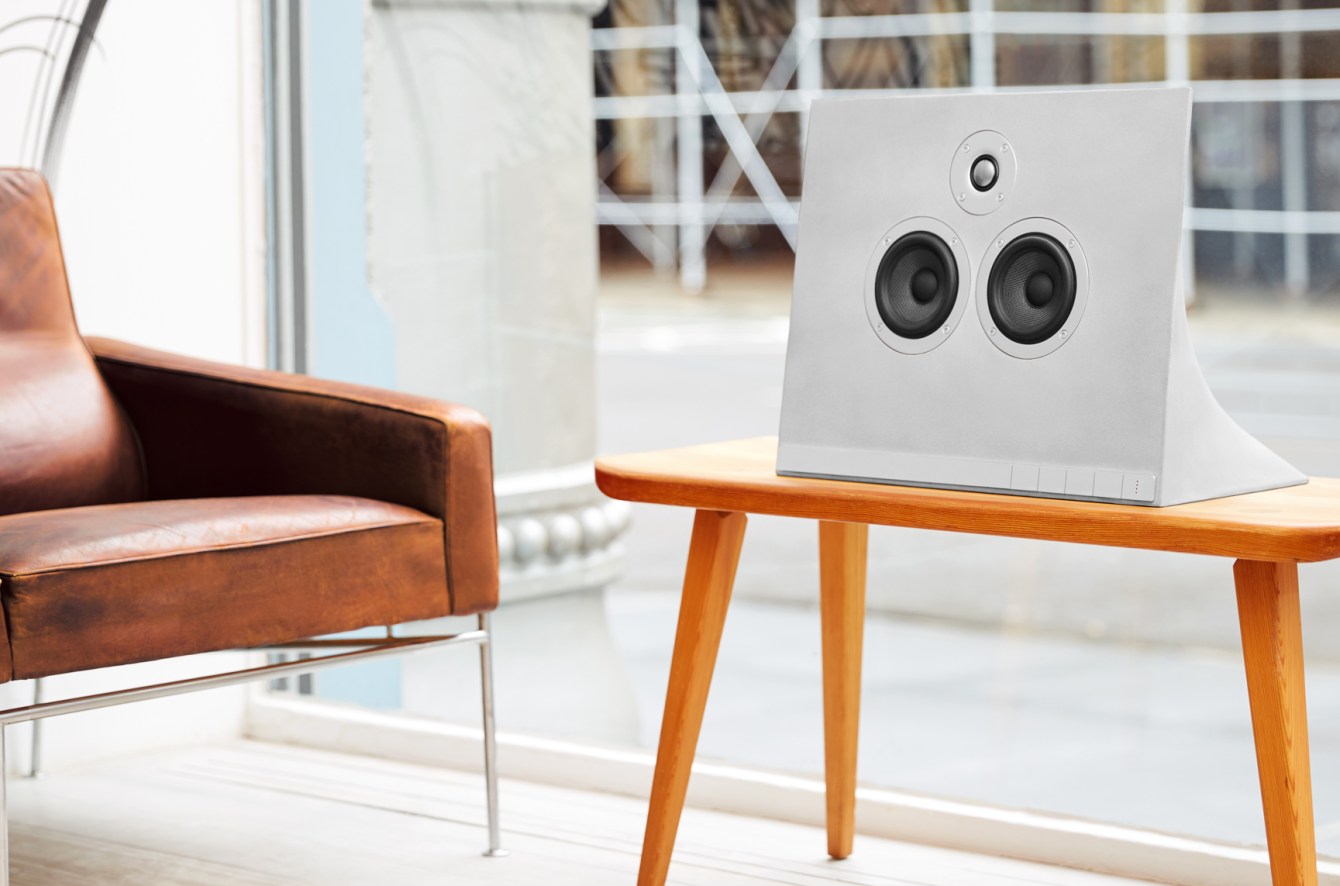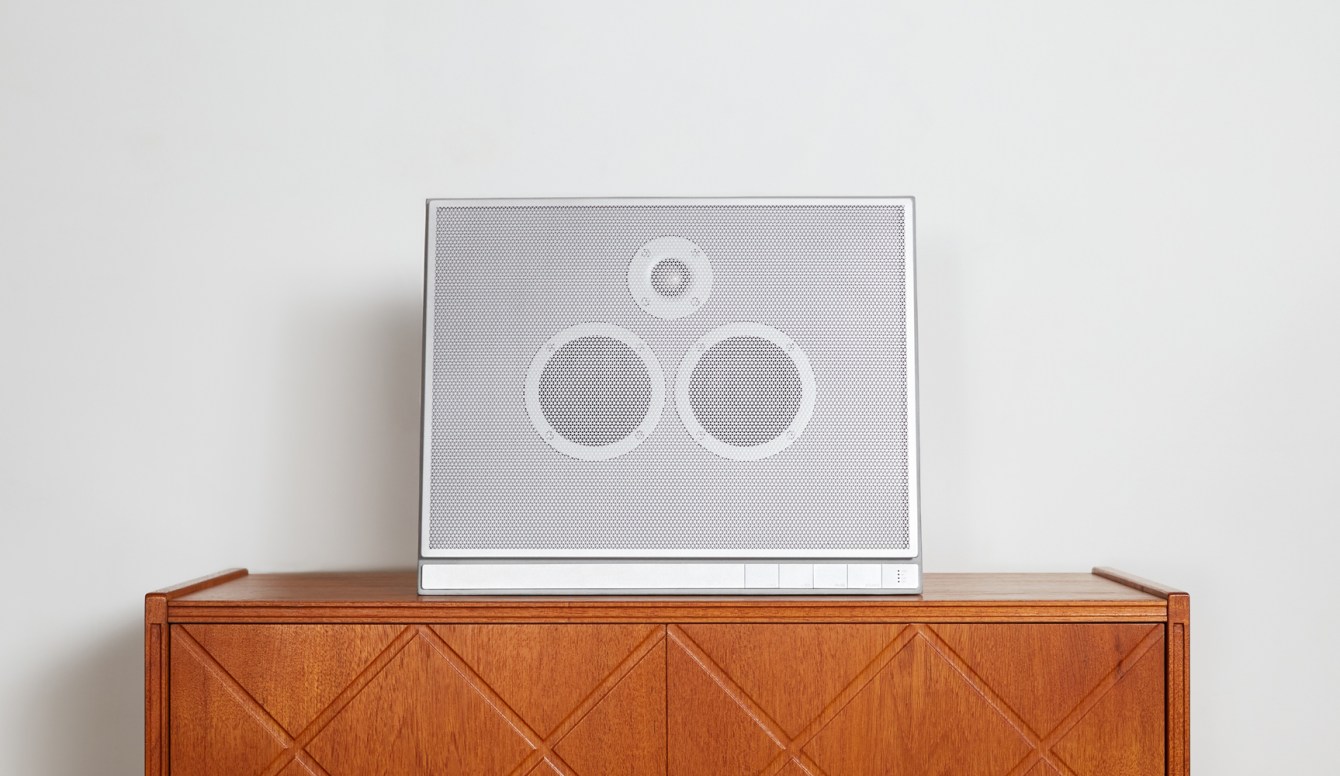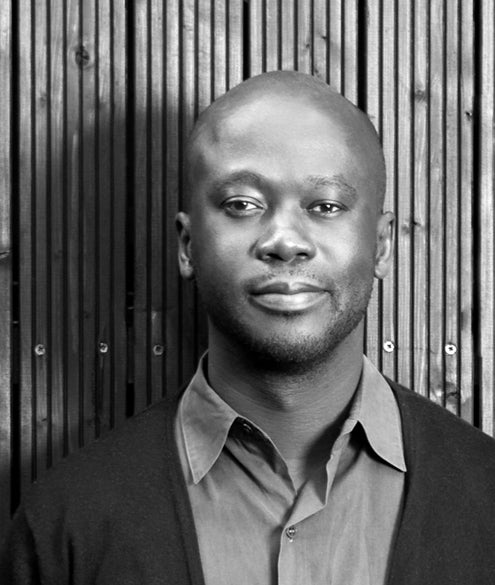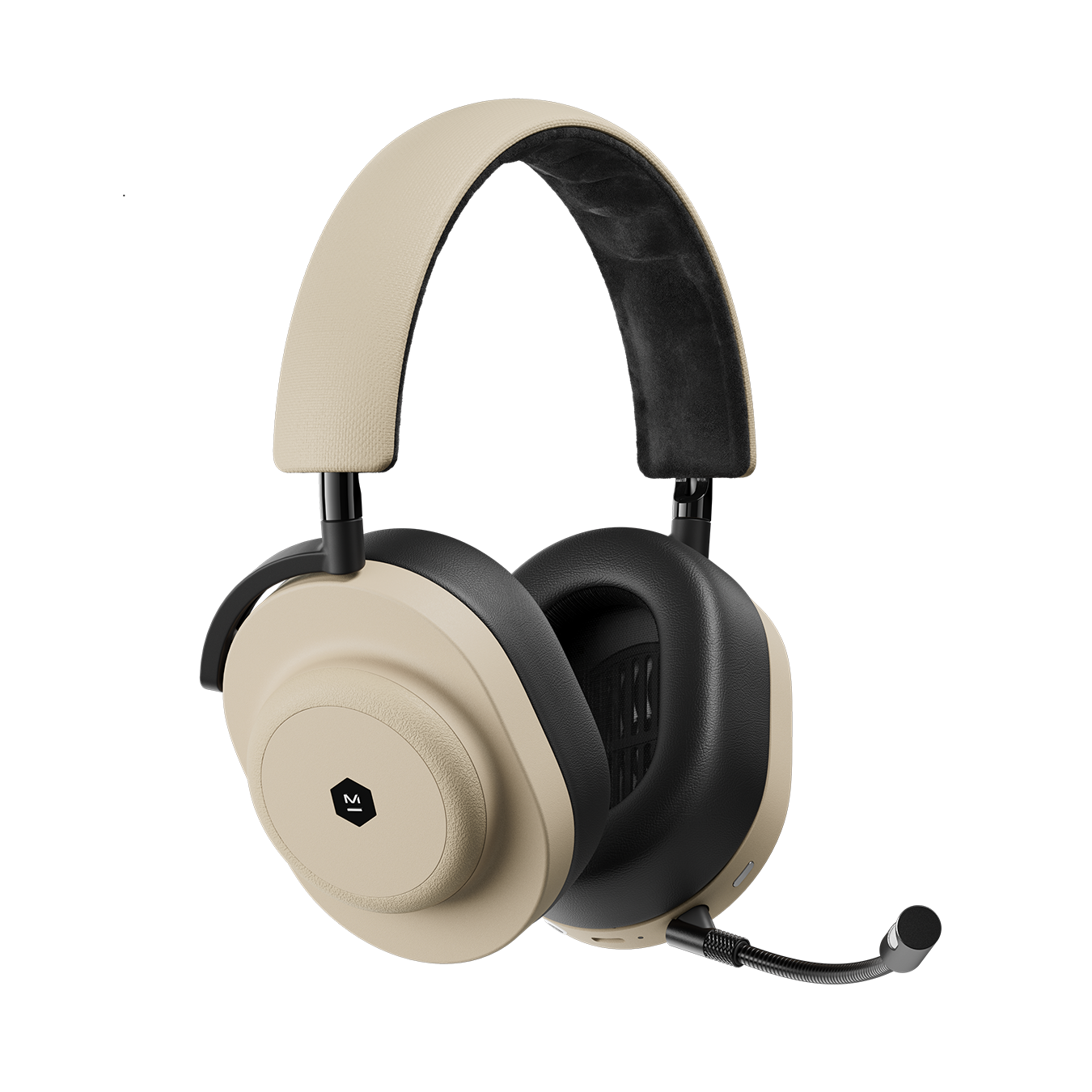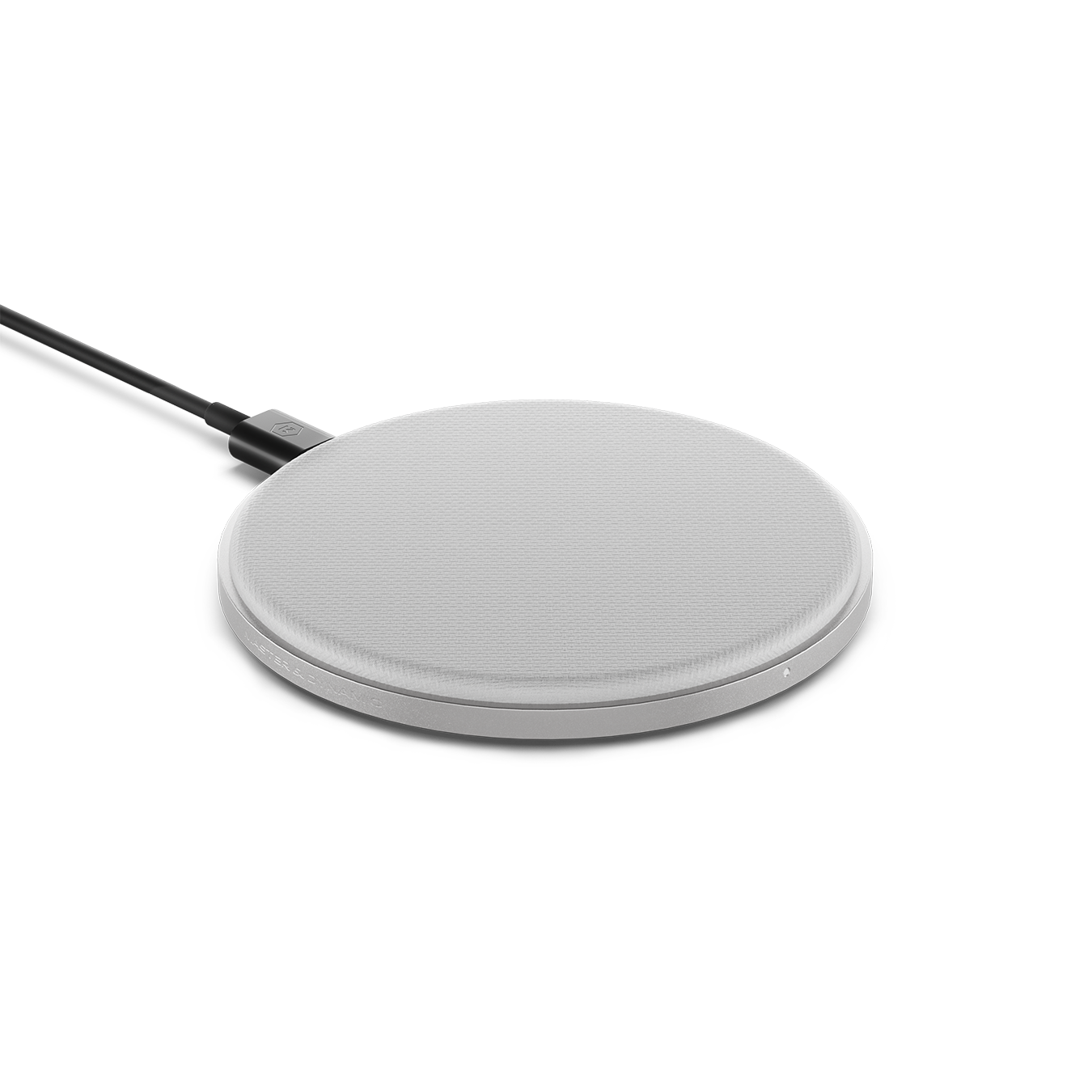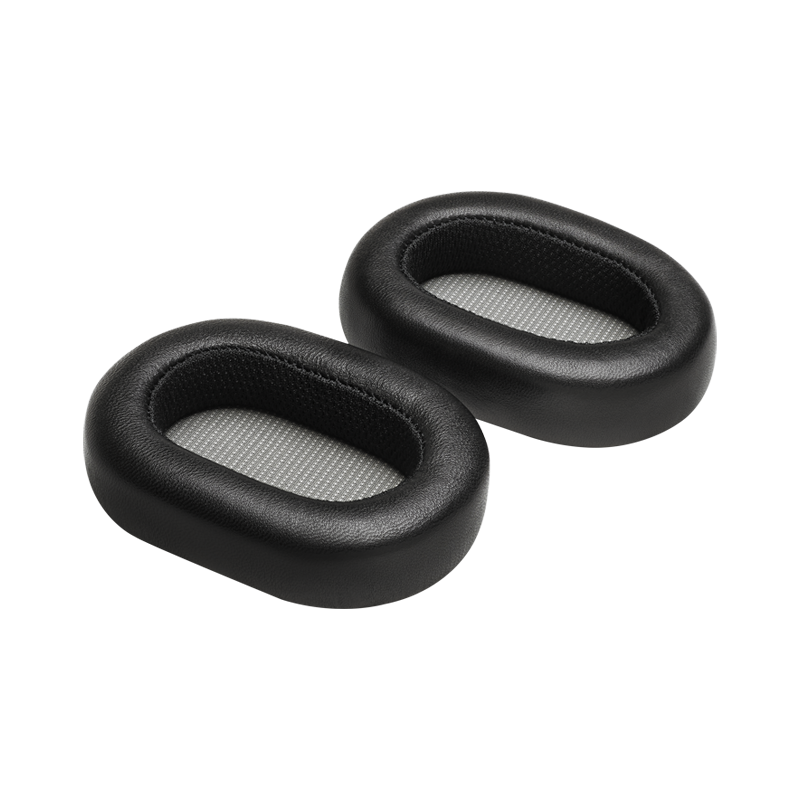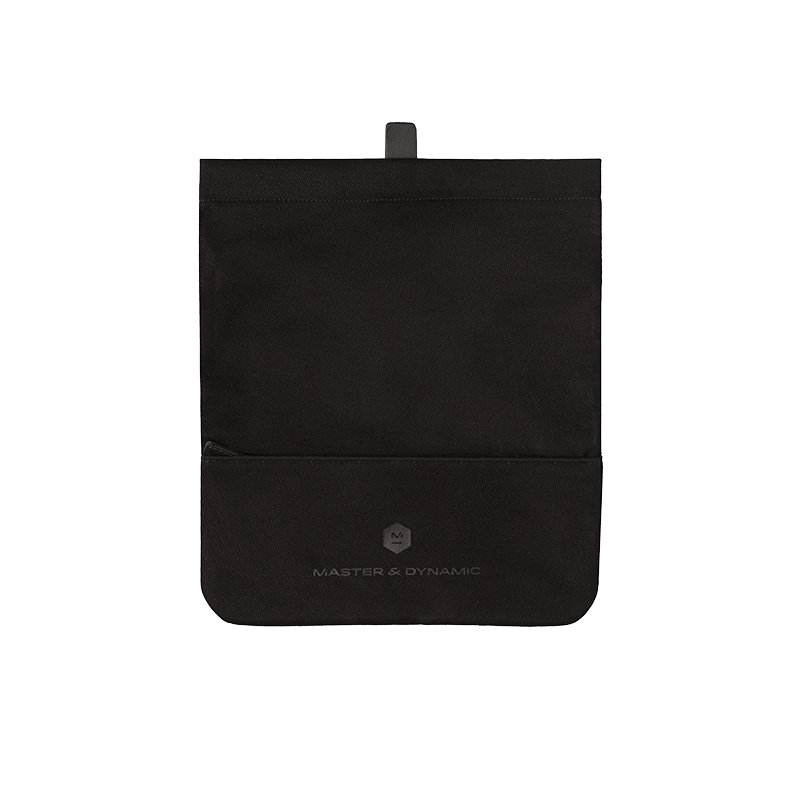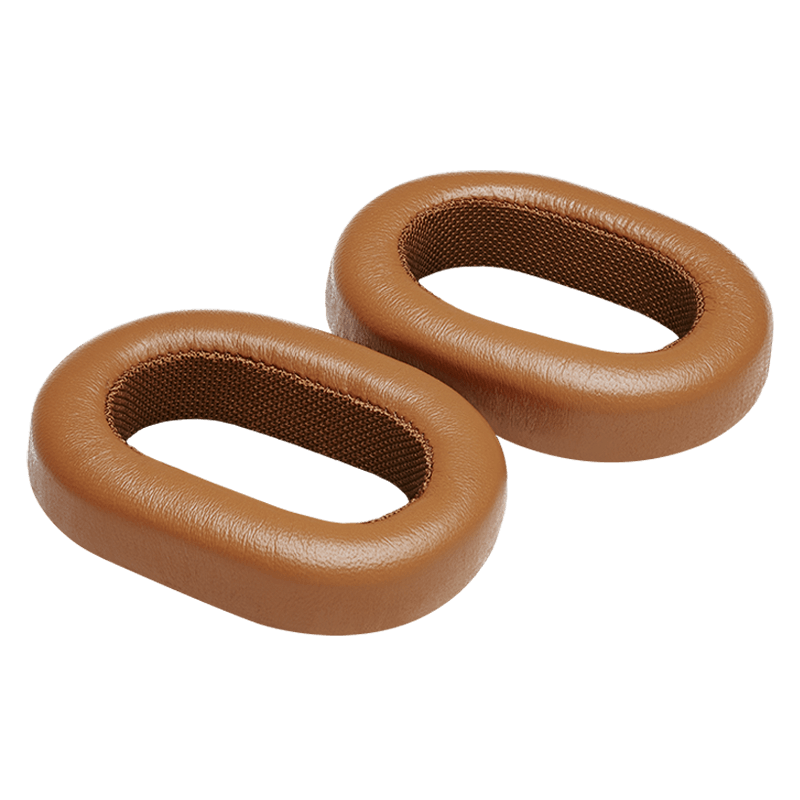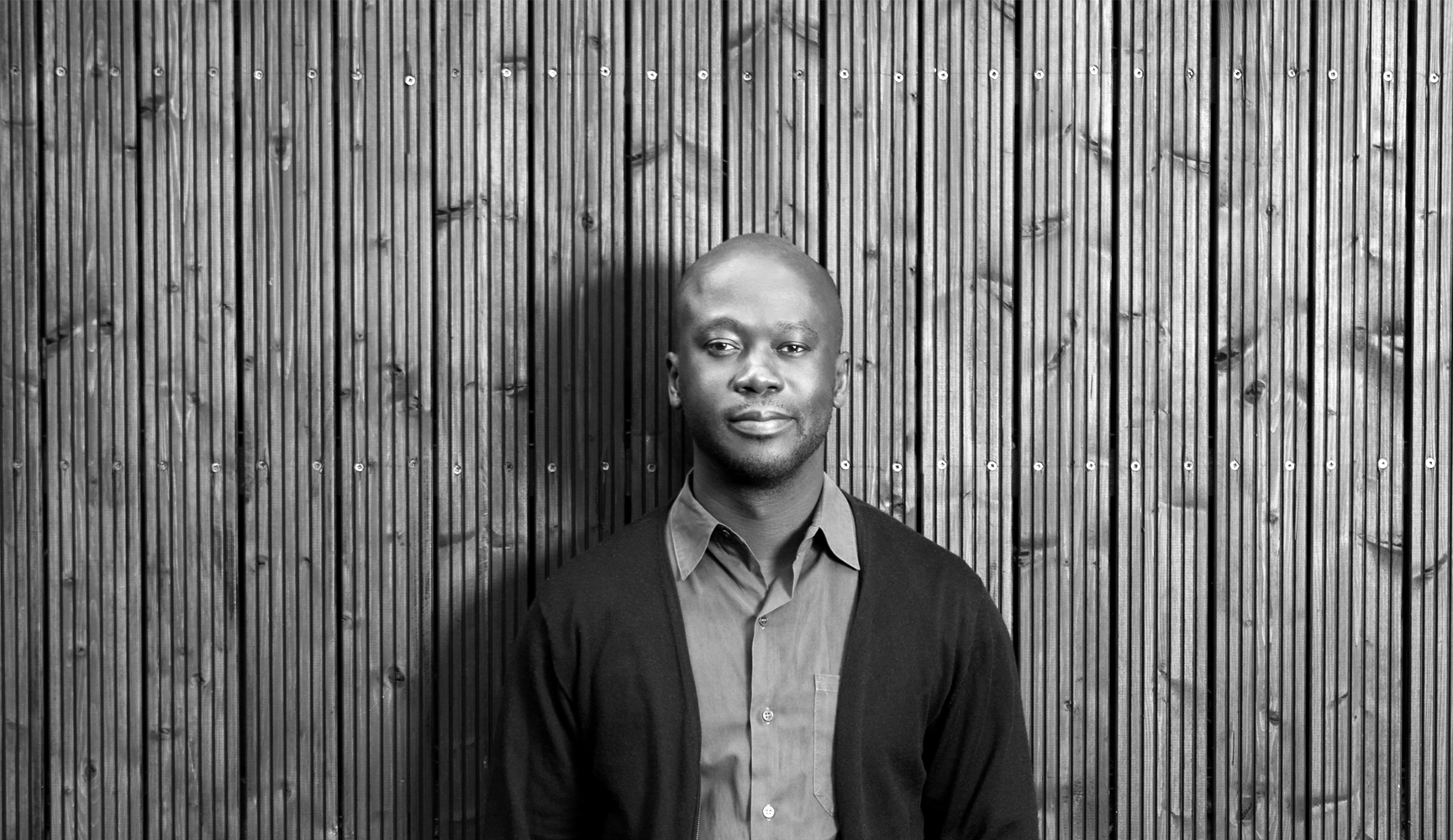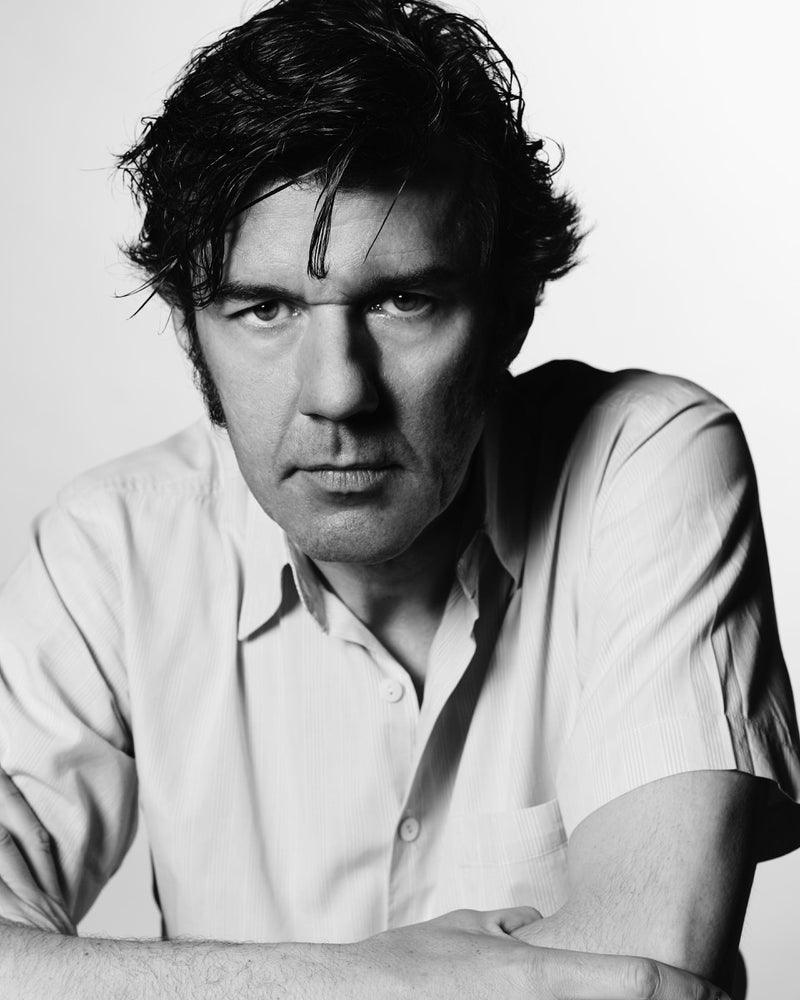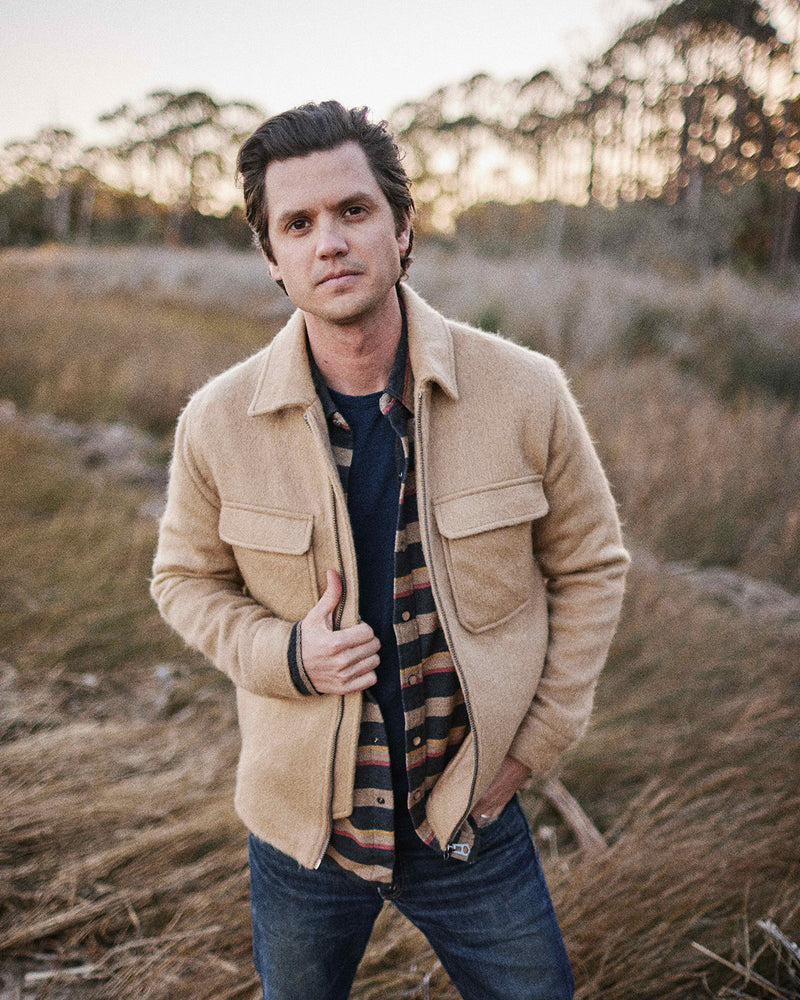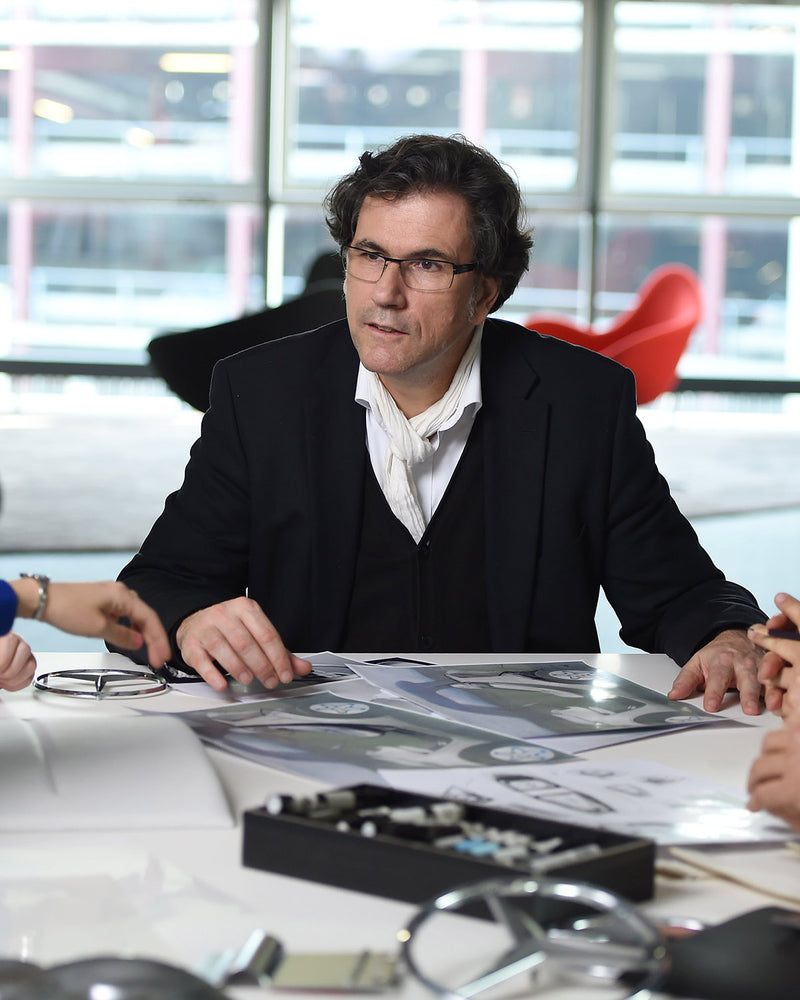We had the opportunity to sit down with Sir David Adjaye, the recently knighted Ghanaian-born architect and co-designer of our new MA770 Wireless Speaker, to talk about our collaboration. Below, the famed architect discusses how he approached designing a bluetooth speaker, what influenced his design decisions, and the relationship between space and sound.
What drew you to this partnership?
Throughout my career, I have sought to cross creative platforms and to collaborate with designers from different disciplines. I find these dialogues incredibly inspiring. Of course, I also admired Jonathan and the Master & Dynamic team. There was symmetry between our desires to push boundaries, to seek innovation. It felt like the perfect partnership for this new venture.
Is this your first audio-related project?
This is the first speaker I have ever designed, but not my first audio-related project. I have always been very interested in how design can mediate the relationship between space and sound. I will continue to explore this in my career. Last year I released a vinyl [called] ‘Dialogues’ with my brother Peter Adjaye, who is a composer and sound artist. ‘Dialogues’ presents a collection of soundscapes or compositions inspired by my buildings.
Obviously a speaker and a building are two very different things. Was your approach to this project very different than the way you approach designing a building?
My architectural work is very interested in context; my buildings are about the narratives of place — their geographies, their histories. So it really is a completely different mindset and approach. Rather than responding to a physical context, the challenge is really to rethink what the core promise of something like a speaker is, and to recalibrate it for context of how people live today, embracing changes in technology, domestic life, and social habits. But that is precisely what makes this project exciting.
How did you come up with the idea for the speaker’s shape and form?
The design very much draws from the physical properties of sound and is informed by functional considerations. We became fascinated with the idea of using triangles to break down the mass of the box and to see if we could dissolve the sense of the volume by creating a sculptural detail, a directional gravity in the form. We introduced a new geometry of sound — encapsulated in this object.
What were your influences for the speaker?
I was very interested to see if we could present a speaker that looks very normal from the distance — a perfect golden rectangle that is very pleasing to the eye. But when you rotate it, you see this extraordinary detail and geometry that we spent a lot of energy and effort perfecting. For us, it’s a kind of beautiful old concept that you can see in Japanese aesthetics, certain aristocratic aesthetics of Europe and also of Africa — the notion that richness isn’t necessarily on the outside, but the richness is about you and your intimacy and discovery.
You’ve said about your work that “it’s really [about] trying to find qualities that I think resonate with the user in the end.” Who did you have in mind when designing the speaker?
What I find fascinating is that an object like a speaker can be everywhere and used by everyone, unthinkingly in their daily lives — it is a background. There is something very powerful and very rewarding about that.
What’s in your creative toolkit?
I use Instagram more and more actively these days as my visual diary as a tool to literally log and remember the references that infuse my work both directly and indirectly during my extensive travels.
What role does innovating and innovation play in your process/design thinking?
For me, innovation occurs as a result of responding to the unique context and considerations that you are trying to address. The question is always what is needed from this design, at this particular moment in time, for the particular lifestyles we lead now, with the particular resources and technologies that we have available? Innovations emerge organically in this process of problem solving and creative negotiation.
